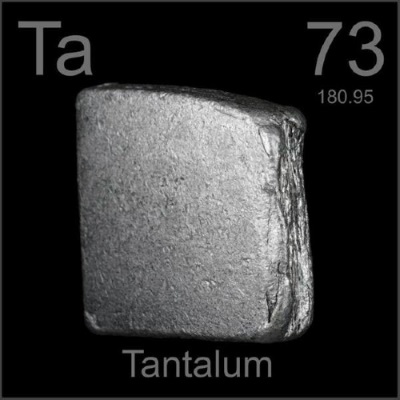In Singapore researchers have developed a new method for 3D printing implants. The new technique should provide even better mechanical attributes than already known techniques.
The new combination of materials was developed by a team of the Agency for Science, Technology and Research (also called A*STAR). While the development was done the scientists thought about creating implants that feature improved stress absorption. To get to this goal they used a combination of titanium and tantalum.
This material combination fits perfectly for SLM 3D printing technique. Until now titan implants where made with a combination of aluminum and titan alloys, but it is likely that aluminum is not good for the body when using it over a long time. Because of this fact doctors already have searched for a new material that they can 3D print.
At the beginning of the development researchers thought that tantalum would not be an option. Because this material has a melting point over 3.000 degree Celcius and that’s way too high for 3D printing with SLM laser technique. This makes it economically inefficient, as you would have to create microparticles through gas atomisation, that can be used for SLM printing.
To tackle the problem, the researcheres mixed the jagged tantalum powder with fine titanium microsphere powder. The result was a mixture that could be spread more evenlty for SLM applications.
These alloys are specifically designed for orthopedic applications, and even have the potential to show a type of ‘shape-memory’ after being deformed. This opens up the possibilities of printing personalized devices to improve patient care.
It’s possible that exactly this combination of materials is the right one for medicine. It will still take a little time to do more tests with the material and see if it can be used or not but the idea behind it is great and it seems to work pretty well.
Subscribe to our Newsletter
3DPresso is a weekly newsletter that links to the most exciting global stories from the 3D printing and additive manufacturing industry.


























